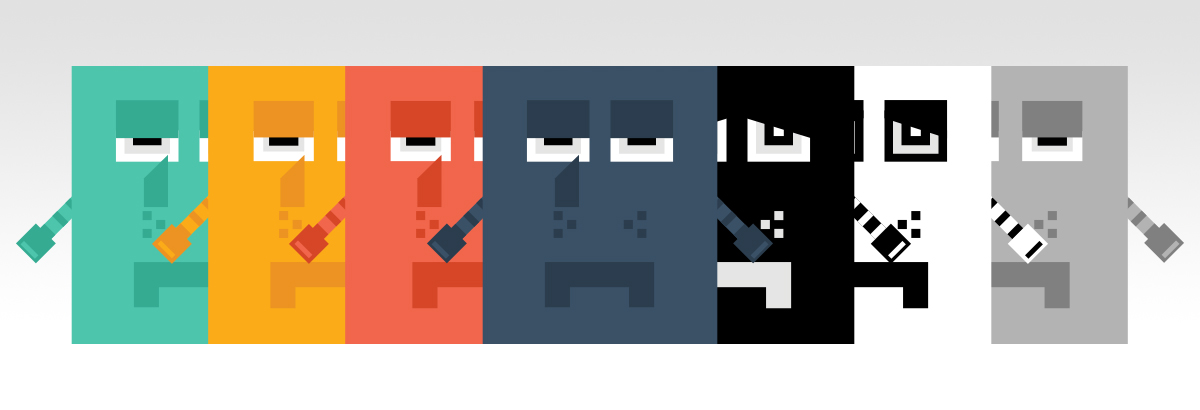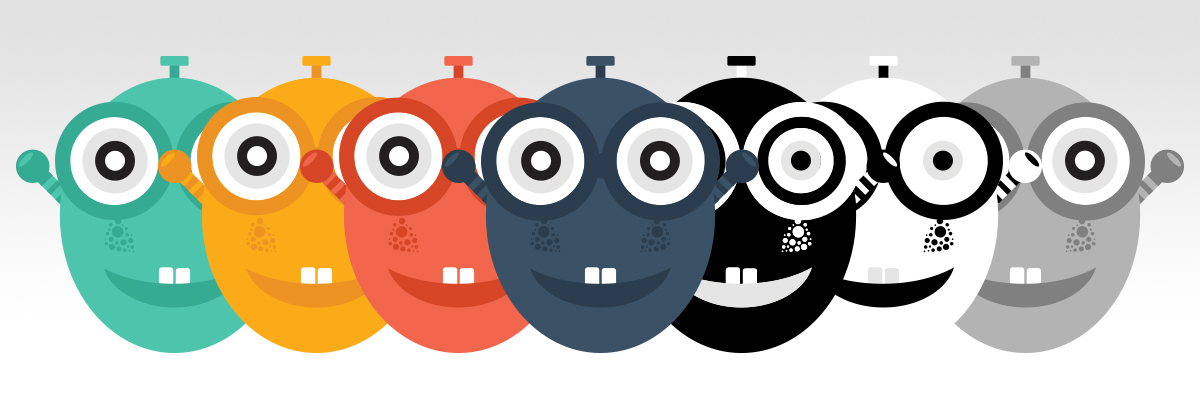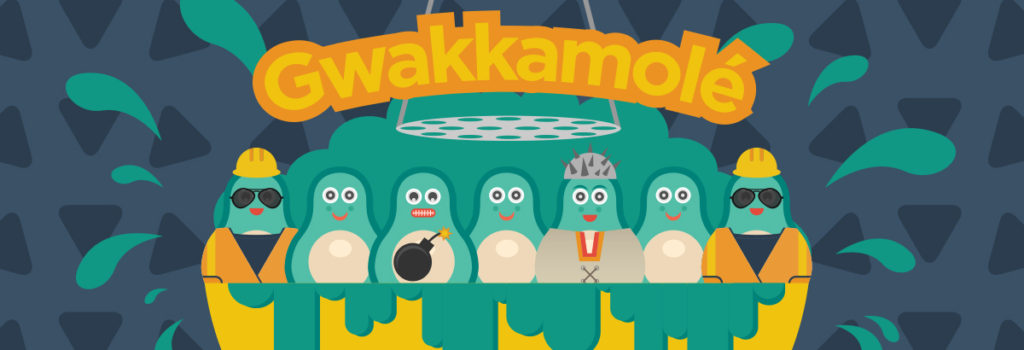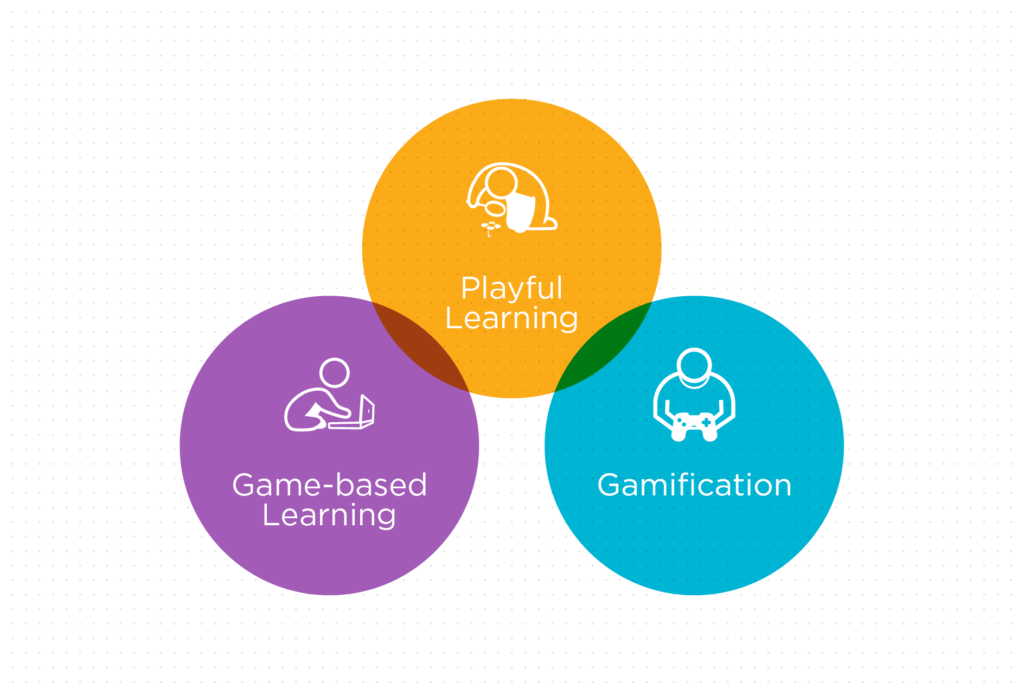Emotions? Aren’t they something to ignore during learning so we can focus on important things, such as meaning making and knowledge construction? If we look at current theories of learning with multimedia, we would indeed get the impression that emotions have no bearing on learning. And even when we ask practitioners, the most commonly cited connection between emotion and learning is test anxiety.
But wait – can we really turn off our emotions during learning?
As it turns out, emotions and cognition are intertwined on a neuro-physiological level that makes it unlikely that they could be separated on a functional level. Emotion and learning, we now realize, are inherently connected and deeply impact one another: Cognition elicits emotion, and emotion guides and modulates cognition. Interestingly, this is what allows us to adapt to the changes in our environment. It is also something progressive educators have known for centuries, we just seem to have forgotten with the dawn of the industrial revolution.
What is Emotional Design for Learning?
Taking advantage of this connection of emotion and cognition, we have begun exploring how the design of our digital learning environments can impact emotions. We use the term Emotional Design to describe the use of information design (visuals, sound), interaction design, and other methods, to induce emotions with the goal to facilitate learning. In fact, we were able to show that by redesigning learning materials simply by using round shapes and warm colors, we were able to induce positive emotions and enhance learning (Um, Plass, Hayward, & Homer, 2011).
How do I apply Emotional Design to my Projects?
The goal for emotional design is to impact learners’ emotion without changing the learning content itself. That means we use design features such as the shape of objects or their color: Round shapes and warm colors induce positive emotion, square shapes and neutral colors do not. In some of our most recent games, we use the game characters shown in the figures for the same purpose. Here we can use features such as their expression (sad, neutral, happy) or even their dimensionality (2D v. 3D).
Conclusion
The Cognitive Revolution in the 1950s has argued that learning is a cognitive process. Later, the Constructivist Revolution has introduced the notion that learning is a socio-cultural process. Is it time for the next revolution – the Emotional Revolution?
 artwork by Keisha Milsom, NYU CREATE
artwork by Keisha Milsom, NYU CREATE
Suggested reading about this topic
Plass, J.L. & Kaplan, U. (2015). Emotional Design in Digital Media for Learning. In S. Tettegah & M. Gartmeier, Emotions, Technology, Design, and Learning (pp. 131–162). New York: Elsevier.
Um, E., Plass, J. L., Hayward, E. O., & Homer, B. D. (2011). Emotional Design in Multimedia Learning. Journal of Educational Psychology, 104(2), 485–498. doi:10.1037/a0026609
Plass, J.L., Heidig, S., Hayward, E.O., Homer, B.D., & Um, E.J. (2014). Emotional Design in Multimedia Learning: Effects of Shape and Color on Affect and Learning. Learning and Instruction, 29, 128–140. doi:10.1016/j.learninstruc.2013.02.006




